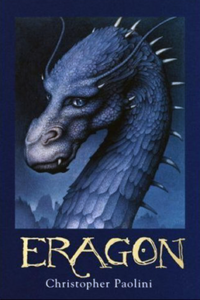
There There is a terrific semi-autobiographical novel written by Tommy Orange, an Indigenous author of Cheyenne and Arapaho ancestry who grew up in Oakland, California.
The book is a collection of nonlinearly interwoven stories, unflinchingly following 12 Native American characters, as their lives lead them to a nation-wide intertribal meeting.
The first character is introduced shortly before present day. The stories then are set before and after, each after appearing closer and closer to the Pow-Wow, and each before revealing more of the characters’ pasts. Orange uses the introduction of a new character in a story to feature them in a following story, either in a sort of a prequel or a sequel to the story the character first appears in.
Most of the characters in There There are a reflection of a piece of Orange’s life or experiences. Orange brilliantly manages prevent his characters from feeling flat while making it very clear which facet of his life the character represents. We feel the pain between sisters and daughters, the ambition of children, the quiet pride of elders, and the absence in them all. Through these characters, Orange manages to represent a story that has pieces that many Native Americans can point at and say “That’s me!” or “I know them!” or “My grandmother tells me stories of her home that sound just like that!”
One book that There There is heavily reminiscent of is The Grass Dancer by Susan Powers. I actually wrote a review of it here. While Orange’s book is based in the city and Powers’ is on a reservation, both are nonlinear, intergenerational narratives that tell the story of a Native experience. The Grass Dancer takes Indigenous Medicine rather seriously, with curses and visits from ancestors long dead playing a central role in the story. In Orange’s update, Indigenous Medicine feels lost, relegated to myth and legend; knowledge of how to interact with the world beyond our own has been lost to his characters.
Orange clearly owns being an “urban Indian.” He successfully shares the idea that Native People are not the fetishized mascots and trademarks of sports teams or butter companies. His characters show that Native People are People. Flawed, sometimes directionless and lost, other times following their compass in purposeful direction, still damaged from the attempted genocide.
An excellent gift for any high schooler, this book deserves five stars of five stars. Tommy Orange encapsulates urban indigeneity in an easily-read yet thought-provoking masterpiece.
If you liked There There, you may enjoy Susan Power’s The Grass Dancer (described above), Trevor Noah’s Born a Crime (chronicling Noah’s life in South Africa), Chinua Achebe’s Things Fall Apart (an intergenerational trilogy set in southeastern Nigeria as colonization begins), Braiding Sweetgrass by Robin Wall Kimmerer (a professor, mother, and ecologist reflects on people’s relationship with land and with each other), or Min Jin Lee’s Pachinko (a multi-generational story of a family in Korea as they emigrate to Japan and live through and beyond World War II).
Recommended Titles:
The Grass Dancer, Susan Powers
Born a Crime, Trevor Noah
Braiding Sweetgrass, Robin Wall Kimmerer
Things Fall Apart, Chinua Achebe
Pachinko, Min Jin Lee
Want to buy? Check out thriftbooks! (I receive no compensation for this recommendation)








